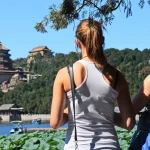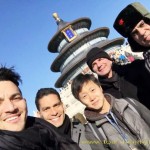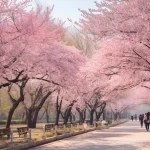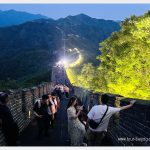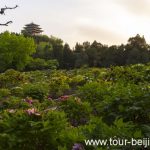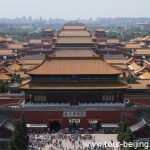Top 10 Attractions in Jiuhuashan (Tips, Photos & Map)
Plan your Huangshan tour? You may also consider a side trip from Huangshan to Jiuhuashan (or Mount Jiuhua 九华山). Approximately 190 northwest of Huangshan, Jiuhuashan, known as “Mount Jiuhua” in English, is famed for its landscape and temples. Location of Jiuhuanshan Scenic Area It is one of the four sacred Buddhist mountains in China. It…
